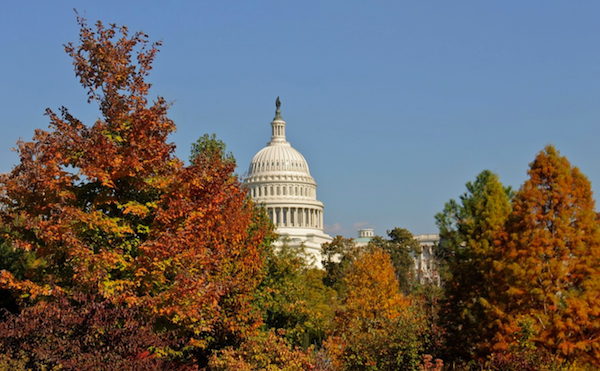Housing inventory continues to be tight. When talking about the supply of housing, we look at the months of supply (i.e., if no other properties come on the market, how many months will it be until there are no homes left — assuming the same absorption rate as today). In August 2018 in Washington, DC, there was only 1.76 months of supply (Source: MRIS), which was actually up 9.5% versus last year. To put things in perspective, six months of supply is considered a balanced market. In Arlington, VA, that number increases to a whopping 1.87 (but that’s down nearly 17% from the same time last year). If we look toward Montgomery County, that number jumps to 2.96 in Bethesda but is the lowest of the four cities at 1.74 for Silver Spring. Of course, these numbers vary depending on the specific neighborhood and the housing type (see above) and size (e.g., for townhouses in DC, there is only 1.37 months of supply).
Interest rates are gradually rising. Interest rates have been slowly but surely increasing. In August 2018, the average commitment rate on 30-year fixed-rate mortgages was 4.55% (Source: Freddie Mac). In August 2017, that number was 3.88% with a 2017 average of 3.99%. By contrast, that annual average was as high as 8.05% in 2000. Overall, interest rates are still competitive (nowhere near the 18% rates seen in the fall of 1981) but locking in a rate now can save you meaningful money on your monthly payment and over the life of your mortgage (or until you refinance). It’s important to note that just because the Fed increases interest rates by 0.25%, for example, that doesn’t mean mortgage rates will go up a quarter point (however they usually trend in the same direction).



















